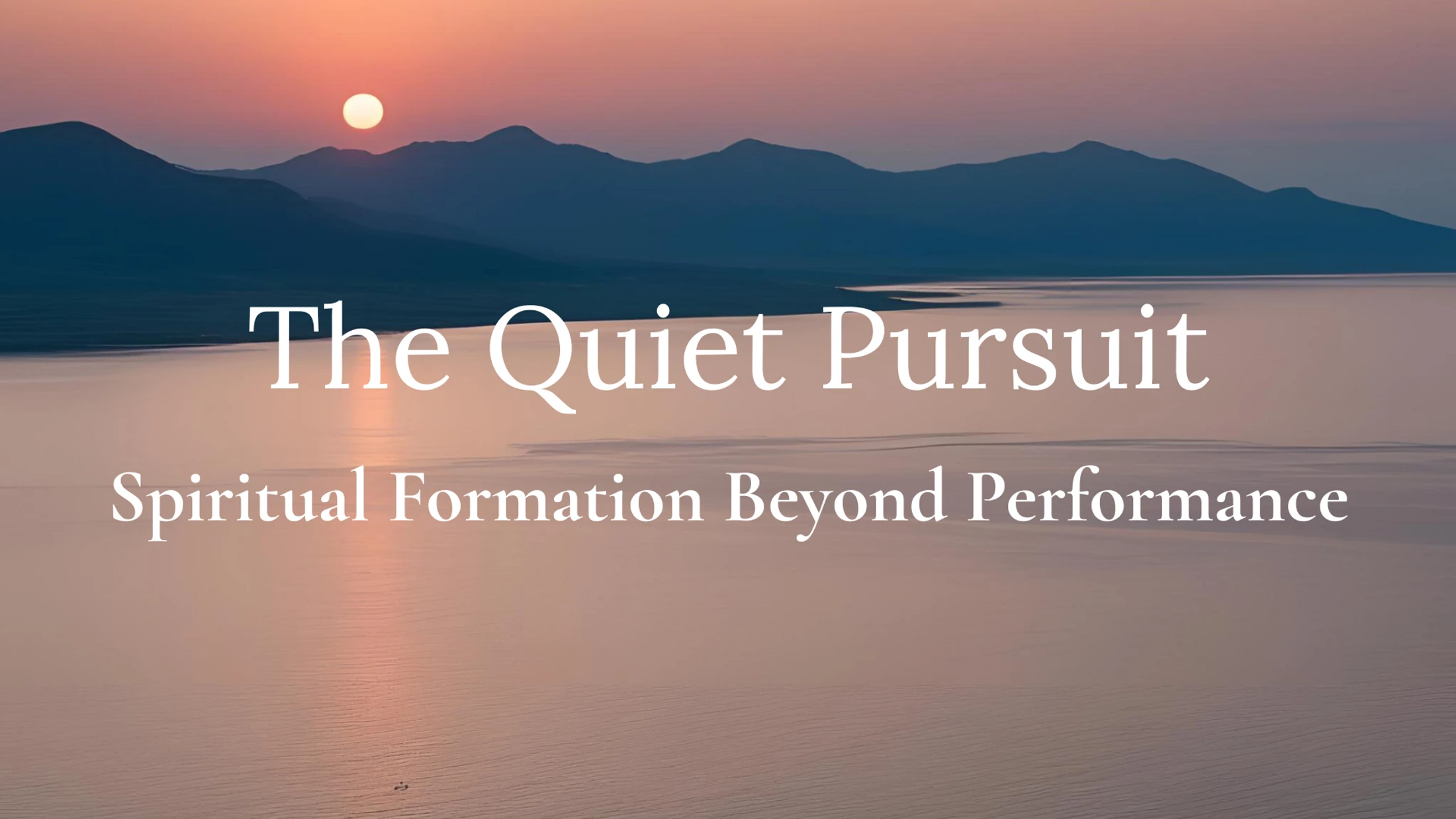Why Jesus Gave Us the Lord’s Prayer (And What We’re Supposed to Do With It)

Why Jesus Gave Us the Lord’s Prayer (And What We’re Supposed to Do With It)
There’s a reason the Lord’s Prayer has been prayed by Christians for centuries across the globe. It’s short, simple, and familiar—but that’s exactly why many of us miss just how subversive and formational it really is.
When Jesus first offered this prayer, it wasn’t a general reflection on prayer or a meditation on God’s love. It was a direct response to two very common but very broken ways of praying: religious performance and spiritual manipulation.
In Matthew’s Gospel, Jesus critiques those who stand on the street corners, praying loudly so they can be seen and admired. He also warns against the kind of endless, mindless babbling that characterized pagan prayers, where people would list as many divine names and titles as possible, hoping to impress or manipulate the gods into action.
And in contrast to all of that, Jesus says, “Pray like this.”
He gives us a 12-line prayer. No flair. No posturing. Just honest, grounded language that speaks to God as Father and covers what we most deeply need: provision, forgiveness, and deliverance.
But this prayer is more than just a suggestion—it’s a remedy for distorted religion and a guide for genuine relationship.
A Rabbi’s Prayer for His Followers
In Luke’s Gospel, Jesus gives the Lord’s Prayer in response to a direct request: “Lord, teach us to pray, just as John taught his disciples.” This wasn’t an unusual request. Rabbis in the first century often gave their disciples specific prayers or ways of praying that reflected their understanding of God and life.
So what we have in the Lord’s Prayer is the “Rabbi Jesus Prayer.” And if you look closely, it’s incredibly structured and purposeful.
The prayer is made up of two sections, each with three requests.
The first triad focuses on God:
May Your name be honored as holy.
May Your kingdom come.
May Your will be done on earth as in heaven.
The second triad shifts to us:
Give us our daily bread.
Forgive us our sins.
Deliver us from evil.
The order matters. Jesus starts with God’s glory, reign, and will—and then moves to our needs, our failures, and our fears. It’s a prayer that reorients our hearts before it presents our requests.
Prayer Is About Formation, Not Just Expression
Jesus didn’t just give us words to recite. He gave us a prayer that would shape us over time. In fact, the way Jesus himself prayed—especially in His final hours—shows that this prayer formed Him. In the Garden of Gethsemane, He echoes the line, “Your will be done.” On the cross, He draws from Psalm 22. Jesus didn’t just pray spontaneously—He prayed scripturally.
That kind of spiritual muscle memory doesn’t come by accident. It’s formed through habit and repetition.
There’s an ancient Jewish prayer still used today that predates Jesus, and He likely prayed it growing up:
“May the great Name of God be exalted throughout the world, which He created according to His will. May His kingdom be established in your lifetime and in your days, and in the lifetime of the entire household of Israel…”
Sound familiar?
Jesus’ prayer life was rooted in rhythms, not just spontaneity. And that’s something we need to recover.
As philosopher James K.A. Smith puts it, “Liturgies are teachers of desire.” In other words, the prayers and rituals we repeat are shaping us—whether we realize it or not.
What If You Prayed This Every Day?
Many of us are suspicious of scripted or recited prayers. We worry they’ll become robotic or hollow. But the truth is, any prayer can be prayed with heart—or without it. Just like a worship song can be sung with full passion or half-asleep.
The early church understood this. A first-century Christian document called the Didache instructed believers to pray the Lord’s Prayer three times a day. They even added a doxology to the end—“For Yours is the kingdom, the power, and the glory…”—which eventually made its way into our traditions.
They didn’t just recite the prayer. They used it as a guide. A starting point. A framework.
So here’s the challenge: What if, for the next month, you prayed the Lord’s Prayer every day? What if you also prayed one or two psalms along with it? Not as a mindless ritual, but as a way of letting these ancient words begin to re-form your heart, your language, and your desires.
Because Jesus didn’t just teach us to pray. He gave us a prayer that teaches us.
